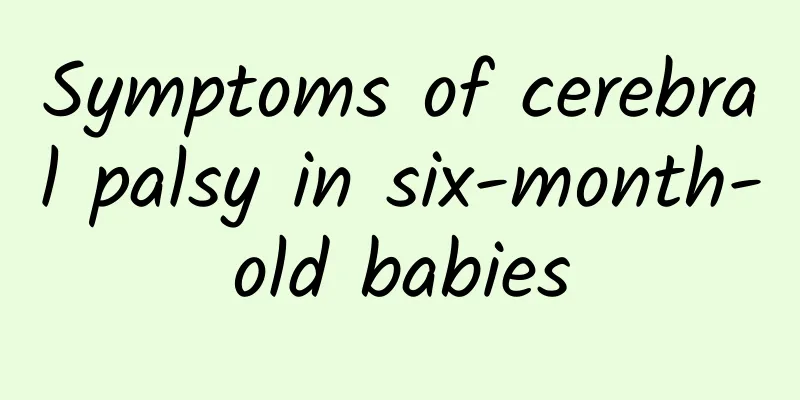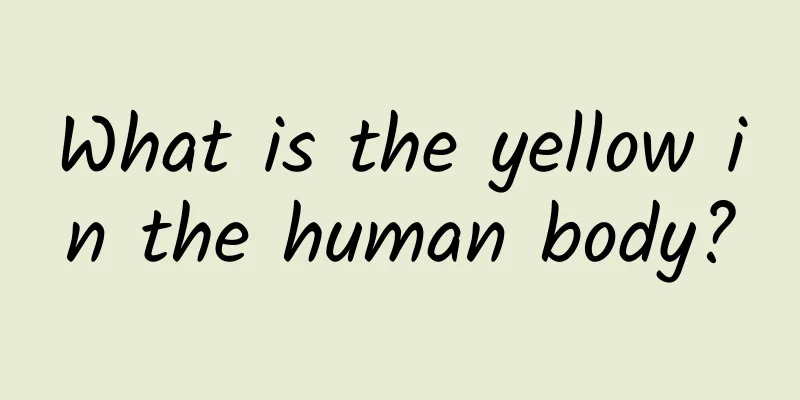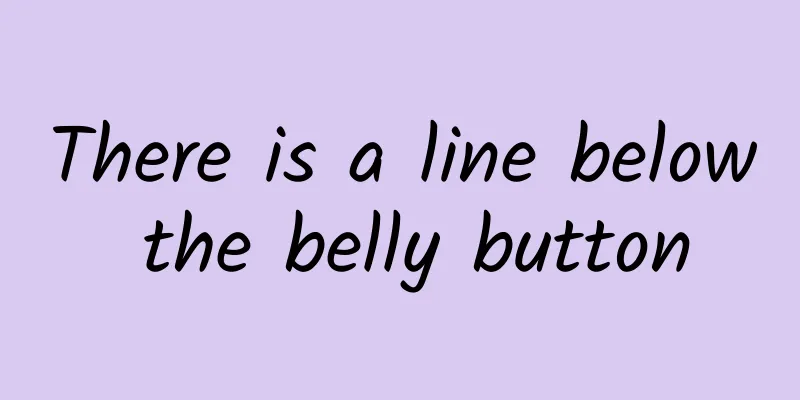Symptoms of cerebral palsy in six-month-old babies

|
Cerebral palsy is a common disease, also known as cerebral palsy in children. One month after the birth of a newborn, the brain is damaged due to some reason or due to developmental defects. The child will have abnormalities in motor behavior, posture, etc. For a six-month-old baby, if cerebral palsy occurs, it sometimes leads to difficulty in sucking, and the baby is too quiet at ordinary times, and motor development is slower than children of the same age. Symptoms of cerebral palsy in six-month-old babies Sign 1 of cerebral palsy: the presence of high-risk factors for cerebral palsy. When these high-risk factors appear, parents need to be vigilant and pay close attention to the subsequent development of the child: there have been children with cerebral palsy in the family, the child is premature (obstetrics) or has a low birth weight, the mother encountered a difficult delivery during childbirth (orthopedics and obstetrics), the baby had severe hypoxia and asphyxia, severe jaundice (gastroenterology) or cerebral hemorrhage (neurosurgery and neurology) in the neonatal period, etc. Sign 2 of cerebral palsy: Difficulty sucking, being too quiet or irritable Babies with cerebral palsy are not like normal babies in the neonatal period. They will not look for food everywhere when they are hungry, and will actively go over to suck when they see their mother's nipple or pacifier. When they are fed, they seem to have no strength when sucking, and they can easily cause choking and spitting up milk. Moreover, the mouths of children with cerebral palsy are always open, and saliva can be seen flowing out. In addition, babies with cerebral palsy will often cry and be difficult to comfort; some babies are particularly quiet and indifferent to the surrounding sounds, lights and other stimuli. Sign 3 of cerebral palsy: Motor development lags behind that of children of the same age Children of different ages will have different levels of motor development, from initially holding their head upright for a moment to their neck being steadily upright, and then to being able to roll over, sit, crawl, stand, and walk. Although babies with cerebral palsy can also show some different changes in motor development, they are obviously lagging behind in motor development compared with children of the same age. For example, when they are two or three months old, other babies can keep their heads steady when they are held, but their heads are still shaky; when they are three or four months old, other babies can raise their heads to 90 degrees when lying on their stomachs, but they still have their faces pressed against the bed, or have to work hard to lift their heads slightly off the bed for a moment; when they are about six months old, other babies can sit independently and steadily, but they are still unable to turn over; when they are one year old, other babies can crawl around and even start walking, but they still cannot sit steadily. In addition to the fact that their gross motor development lags significantly behind that of children of the same age, they also lag behind their peers in the development of fine motor skills. They have poor grasping and holding abilities, and are even unable to put their hands to their mouths. Sign 4 of cerebral palsy: abnormal posture Due to abnormal muscle tone (orthopedic emergency department) and delayed disappearance of primitive reflexes in children with cerebral palsy, they will exhibit some strange postures: for example, their hands, especially the thumbs, have been clenched since birth, and the fingers cannot be opened even after 3 months. Their legs are also very tight and cannot be opened even when changing diapers. When they lie on their backs, their heads will tilt back, their buttocks will be higher than their heads, their lower limbs will be straight, and they may even be in opisthotonos. Some children with cerebral palsy have low muscle tone in their limbs, and they look like a frog when they lie on their backs. In addition, when children with cerebral palsy are learning to walk, their legs are often in a typical scissors shape, with the toes touching the ground, the knees close together, and the feet crossed facing each other. |
<<: Increased troponin level indicates myocardial infarction
>>: What is the reason for waist and leg pain
Recommend
What causes cracked toenails?
Cracks in toenails are sometimes caused by calciu...
Can Niuhuang Jiedu Tablets cure bad breath?
Niuhuang Jiedu Tablets are a relatively common Ch...
What are the consequences of untreated hernia in children?
As parents, we must be vigilant about the symptom...
What to do if you have body odor
Although body odor will not cause any harm to hum...
Causes of abdominal bleeding
In our lives, sometimes a disease is very common,...
Why do middle-aged people suffer from calf cramps?
We always encounter many problems in life. Why do...
What are the effects of ginseng capsules
Ginseng is very rich in nutrients and can treat m...
Traditional Chinese Medicine Chiropractic and Bone-setting Techniques
Traditional Chinese medicine chiropractic therapy...
Abdominal pain after medical abortion
Nowadays, the technology of artificial abortion i...
What to do if you get prickly heat during confinement
Usually prickly heat will appear on children, but...
What impact does high umbilical cord blood flow have on the fetus?
Pregnancy is something that deserves great attent...
Can keloids be treated with surgery?
Everyone hopes that their body is very healthy, b...
What does it mean to have black stool during confinement?
Women must observe the confinement period after g...
What is conjunctivitis?
Conjunctivitis is a disease caused by bacteria, v...
What is the reason for anal discharge? What disease is it?
Anal discharge is most likely caused by anorectal...









